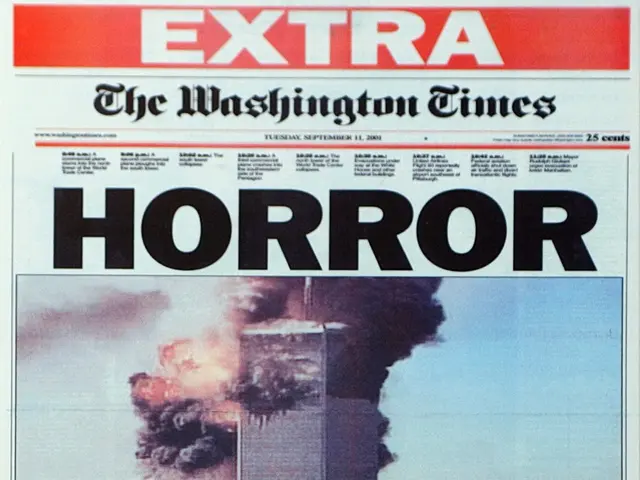Guiding Readers Through Connecting Your Book's Start and Finish for Maximum Satisfaction
In the captivating world of storytelling, the ending of a tale often leaves a lasting impression on readers. A great ending not only resolves conflicts and questions raised throughout the book but also creates a sense of inevitability that readers crave. This is achieved through the technique of mirroring the beginning and ending of a story.
Mirroring the beginning and ending establishes a cyclical or symmetrical structure, signalling to readers that the story’s outcome was bound to unfold as it did. This technique enhances the overall impact by making the narrative feel coherent, purposeful, and resonant.
By revisiting key images, themes, or events from the beginning at the story’s conclusion, a loop or reflection is created that binds the narrative tightly. This process can reinforce themes and character arcs, create narrative harmony, and amplify emotional and thematic resonance.
For instance, a murder mystery might reference details or conversations from the opening in the resolution, making the ending seem both surprising and logically destined, leaving readers with a satisfying sense of closure. In children's books, echoing sentiments or themes can create a sense of closure that resonates with readers, as seen in stories like the boy who listens for Santa's sleigh bells and grows older but still hears them when others can't, cementing the theme of belief.
Moreover, some narratives use recursive or looped structures where events or motifs recur with variation, almost dissolving linear time and reinforcing the persistence of key themes or traumas. This method makes the story feel cyclical and inevitable rather than accidental or random.
The beginning of a story acts as a contract with the reader, establishing the character's current world, their desires, the tone, style, genre, and key themes. Skilled writers often insert deliberate details in the opening scene that are mirrored in the ending, creating a sense of closure that resonates with readers.
In genre fiction, the opening scene should pull the reader into a specific moment that demonstrates these points. The ending, however, should wrap up any threads or questions opened throughout the book, but not necessarily tie everything up neatly. Backstory is generally disfavoured by readers as it doesn't show what will be in the story.
Before ending a story, it's essential to review all threads to ensure they are addressed, including conflicts, characters, relationships, and the character's wants. If you're a writer seeking guidance on realizing your writing dreams, consider reaching out to Suzy Vadori, an award-winning author, certified Book Coach with Author Accelerator, and the Founder of Wicked Good Fiction Bootcamp.
In conclusion, mirroring the beginning and the end imparts a narrative rhythm and inevitability that engages readers by subtly confirming that the events are interconnected and destined, thereby enhancing the emotional and intellectual impact of the story.
A writer can create a satisfying sense of closure by mirroring key images, themes, or events from the beginning at the story's conclusion, as seen in the boy who listens for Santa's sleigh bells and grows older but still hears them when others can't, reinforcing the theme of belief.
The process of mirroring the beginning and the end can amplify emotional and thematic resonance, making the narrative feel coherent, purposeful, and resonant, like a murder mystery resolving with details or conversations from the opening that make the ending both surprising and logically destined.
In genre fiction, skilled writers often insert deliberate details in the opening scene that are mirrored in the ending, creating a strong contract with the reader that establishes the character's current world, their desires, and key themes.
For those seeking guidance on realizing their writing dreams, reaching out to a writing coach like Suzy Vadori, an award-winning author and certified Book Coach, can provide valuable assistance in navigating the challenging world of storytelling and creating captivating fiction.








